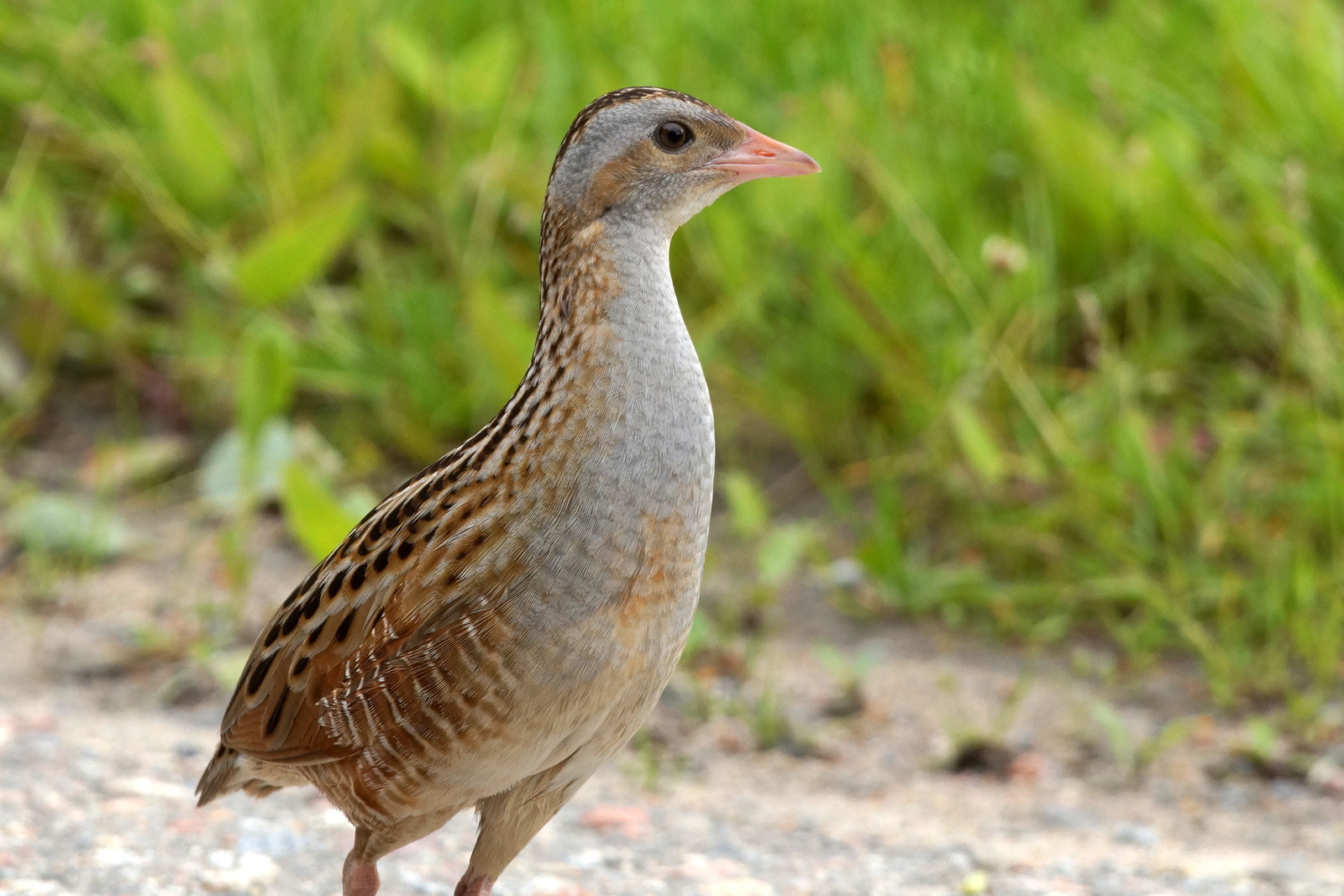Opis
The Annagh Marsh complex extends over 30 hectares at the southernmost part of the Special Protection Area (SPA) of Termoncarragh Lake and Annagh Machair. It is internationally important for large winter gatherings of geese, ducks and swans. During the winter months, the morning and evening skies come alive with the sounds of bernikla białolica as they fly back and forth from the offshore islands and Termoncarragh. Also łabędź krzykliwy and wronczyk feed on the grasslands. Annagh Marsh is the southernmost breeding site in the world for płatkonóg szydłodzioby, but extremely rare. Other breeding birds are czajka, kszyk, skowronek, rokitniczka and potrzos. With luck, you might also see or hear biegus zmienny, świerszczak or derkacz.
Szczegóły
Dostęp
Annagh Marsh is located 68 km west of Ballina, Co Mayo, following the N59 and R313 into Belmullet. From Belmullet, it is 6km west following the R313 to Blacksod and turning off at the first right and then the fourth left to Annagh Head. The reserve is located on the right after 3 km.
Teren i siedlisko
Tereny podmokłe , Łąka , TrzcinowiskaWarunki
Otwarty krajobraz , BagiennyTrasa dookoła
NieCzy luneta będzie przydatna ?
Może być przydatnaUdany sezon obserwacyjny
Wiosna , Zima , JesieńNajlepszy czas na wizytę
Zima , Wiosenne migracje , Jesienne migracje , WiosnaTrasa
Droga utwardzona , Droga nieutwardzonaPoziom trudności szlaku pieszego
ŁatwyDostępne
Pieszo , Rower , SamochódCzatownia/platforma obserwacyjna
NieDodatkowe informacje
Visitors are asked to respect the habitats and wildlife of the Annagh Marsh area by keeping to the public roads and boundary tracks at all times and not causing undue noise.The whole area can be viewed with ease from these tracks. No bird-viewing hides are present.


